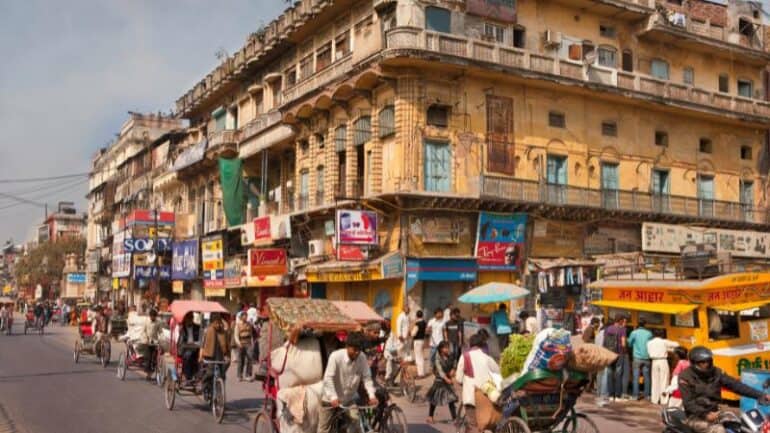China has been the world’s most populous country since 1950, but last month according to United Nations (UN) demographers India has now overtaken China’s long-held status.
India is now home to nearly a fifth of humanity and continues growing, reaching 1,425,775,850.
Click the link below and listen the full episode:
How did this happen, and what does it mean for geopolitics? On today’s Briefing, Emeritus Professor in Asian Studies at the University of Adelaide Purnendra Jain joins us to explain the significance.
According to the UN finding, the total population in China reached its peak of 1.426 billion last year and began to fall, while the population in India is expected to grow continuously for the next decade.
The growth rate has been quite consistent for the last 10, 15 years. It’s not like 5.5 per cent, which used to be the case in the 1950s, but India is still having population growth of a replacement rate around 2.5 per cent,”
Mr Jain said.
As we know, India moves slowly, unlike China, where you have one-party rule leadership and top-down administration. India is a democratic country, so it cannot have the same kind of growth as we saw in China,”
he added.
However, population growth also comes with economic, environmental, and international relations challenges.
Highlighting the current state of affairs, Mr Jain said the manufacturing sector in India remains relatively small, while the unemployment rate among the youth is alarmingly high.
As India and Australia have a strengthened relationship through the Comprehensive Strategic Partnerships and the Australia-India Economic Cooperation and Trade Agreement, Mr Jain said Australia would play a major role in the country’s education and economic development.
I would like to see more vocational training for Indians in India offered by Australian Institutions. We are preparing the Indian population for more productivity, better environment, better wages.”
Subscribe to The Briefing, Australia’s fastest-growing news podcast on Listnr today. The Briefing serves up the latest news headlines and a deep dive into a topic affecting you. All in under 20 minutes.
